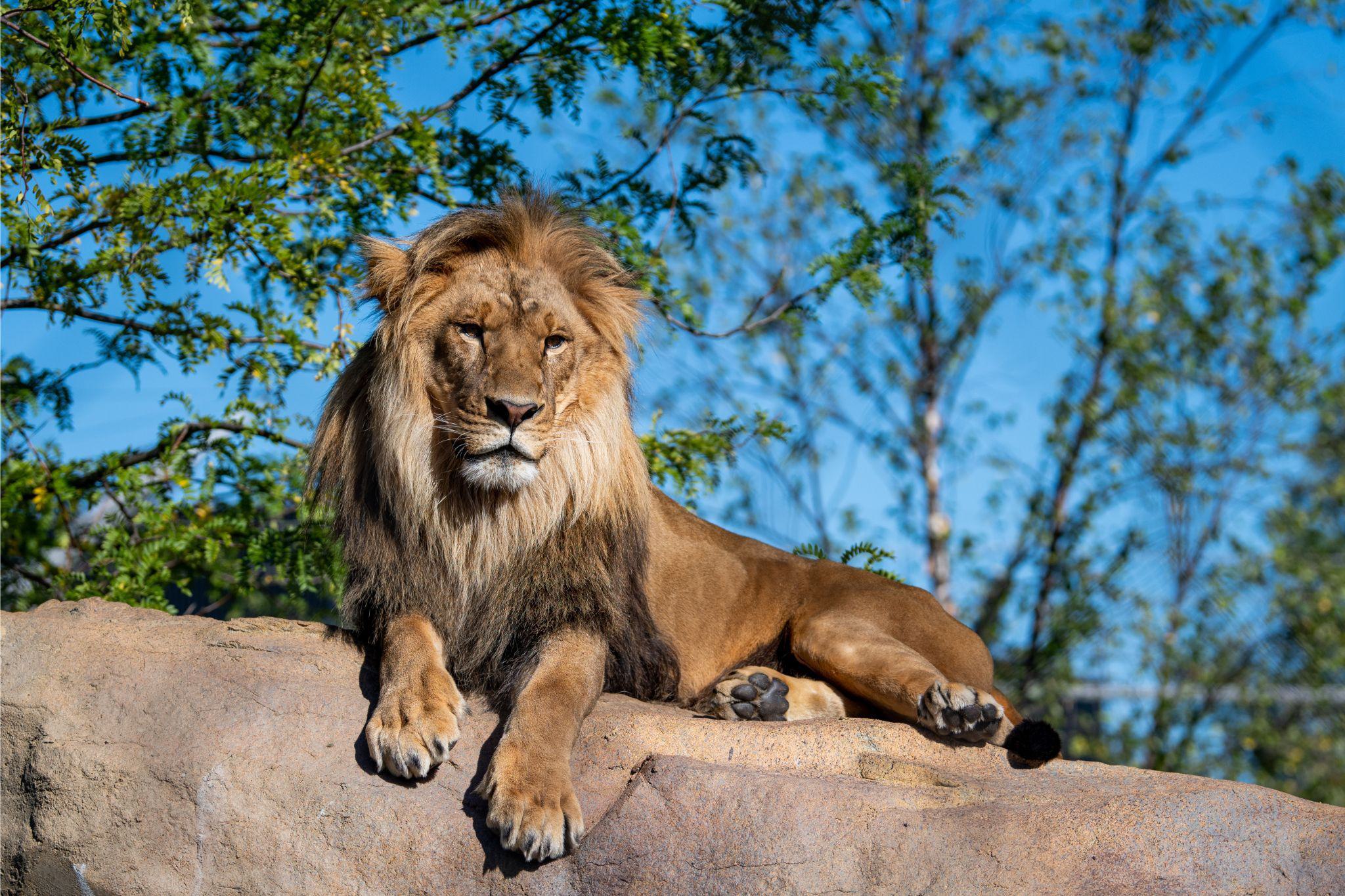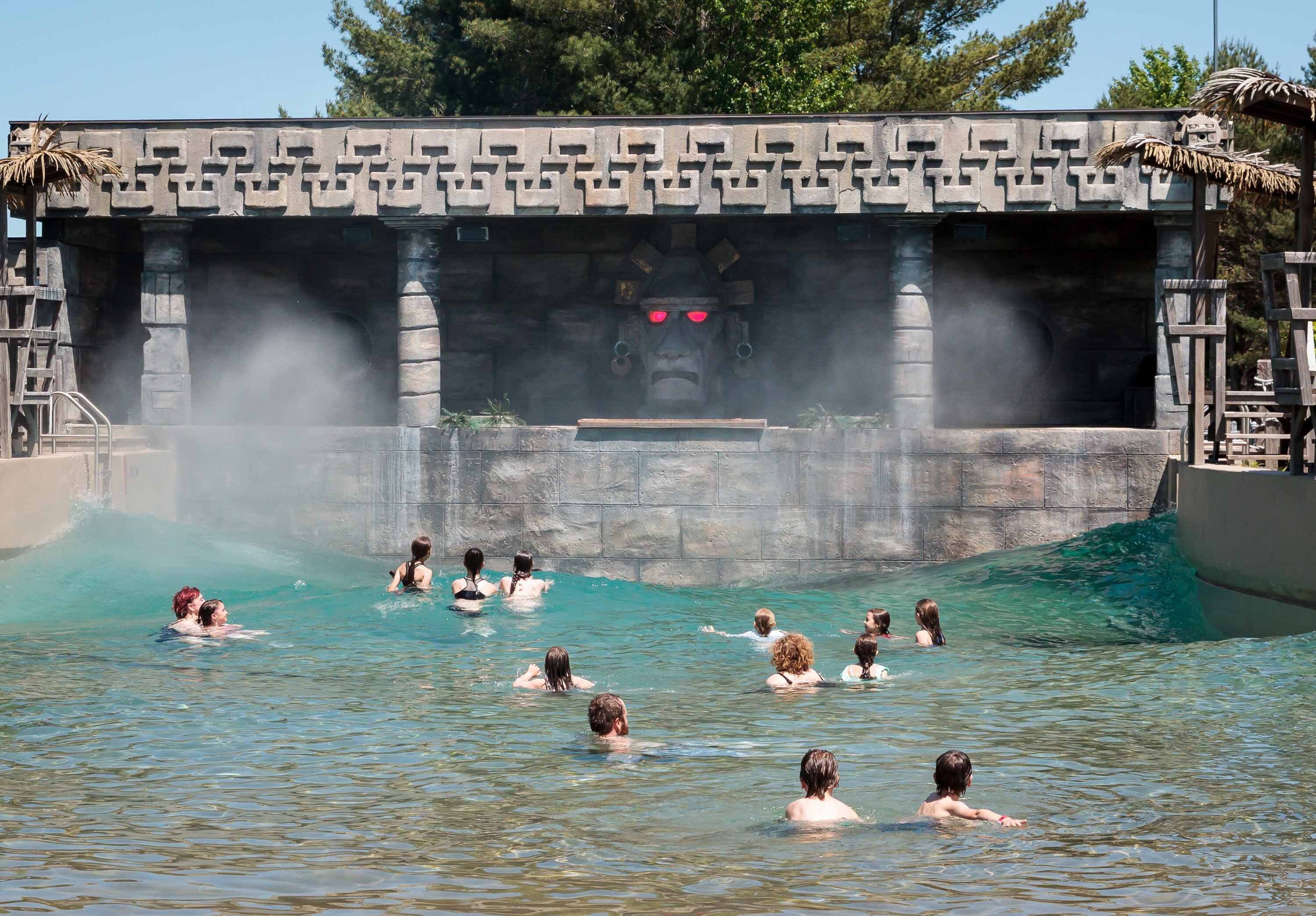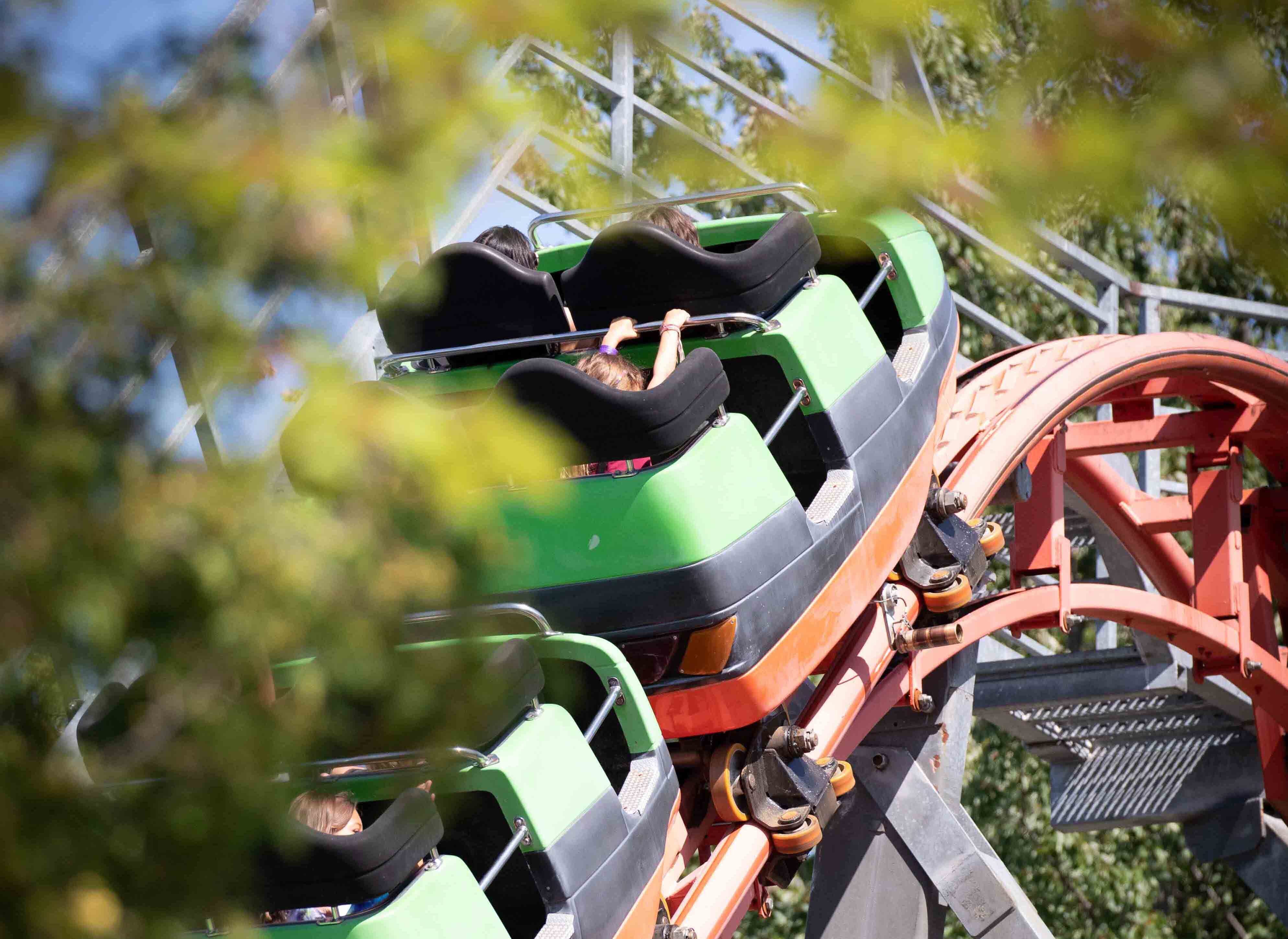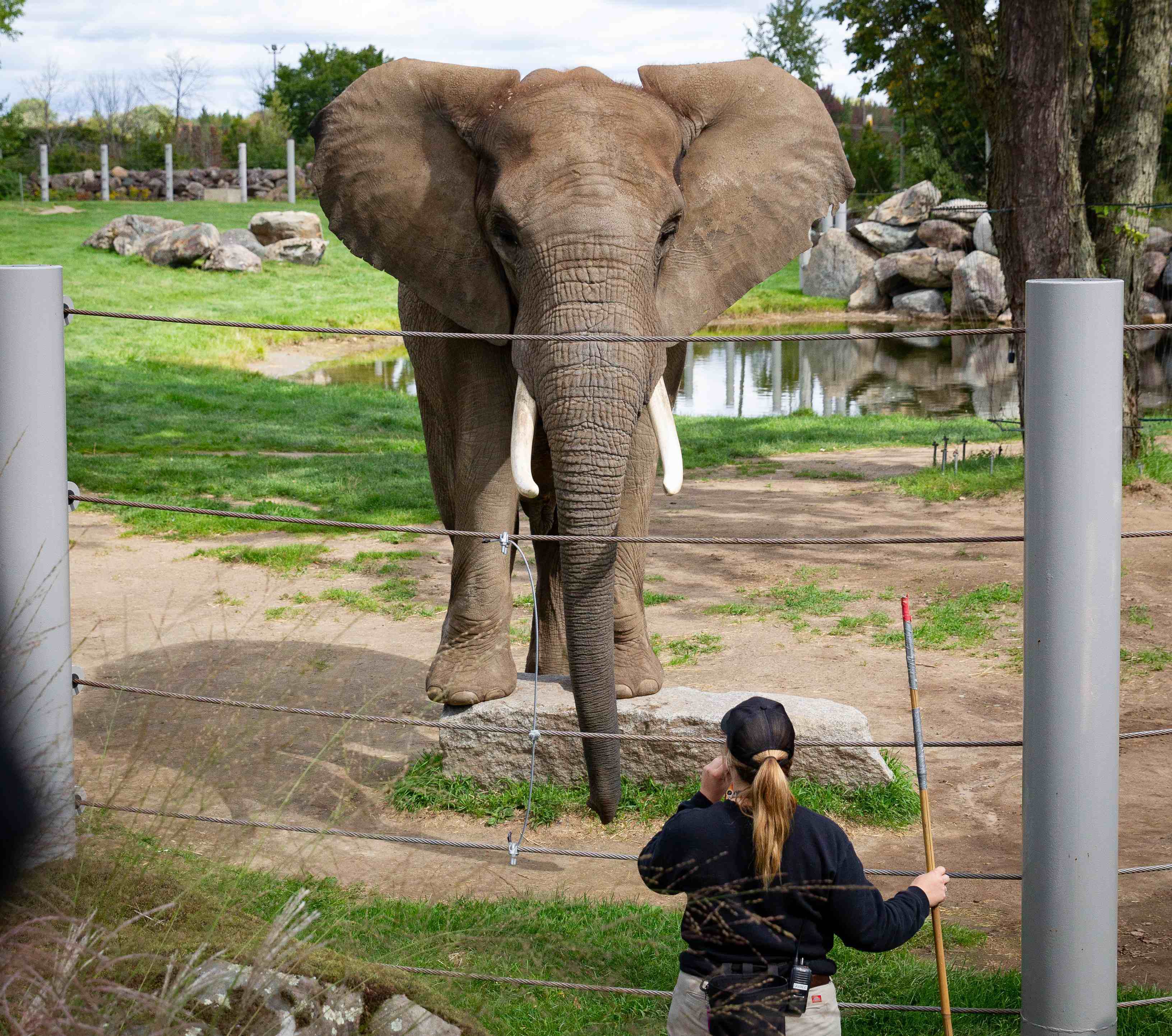Tacking care of our geriatric animals
Just like with humans, the more animals advance in age, the more they’re at risk for developing such common diseases as osteoarthritis, diabetes, kidney problems.
This is why our “mature” individuals are carefully monitored by our animal care staff.
Indeed, from our technicians, who work with them on a daily basis, to the veterinarian and our animal nutritionist, their objective here is to offer them the most comfortable and pleasant last part of their lives.
There are quite a few parallels to be made with human beings going through the same process;
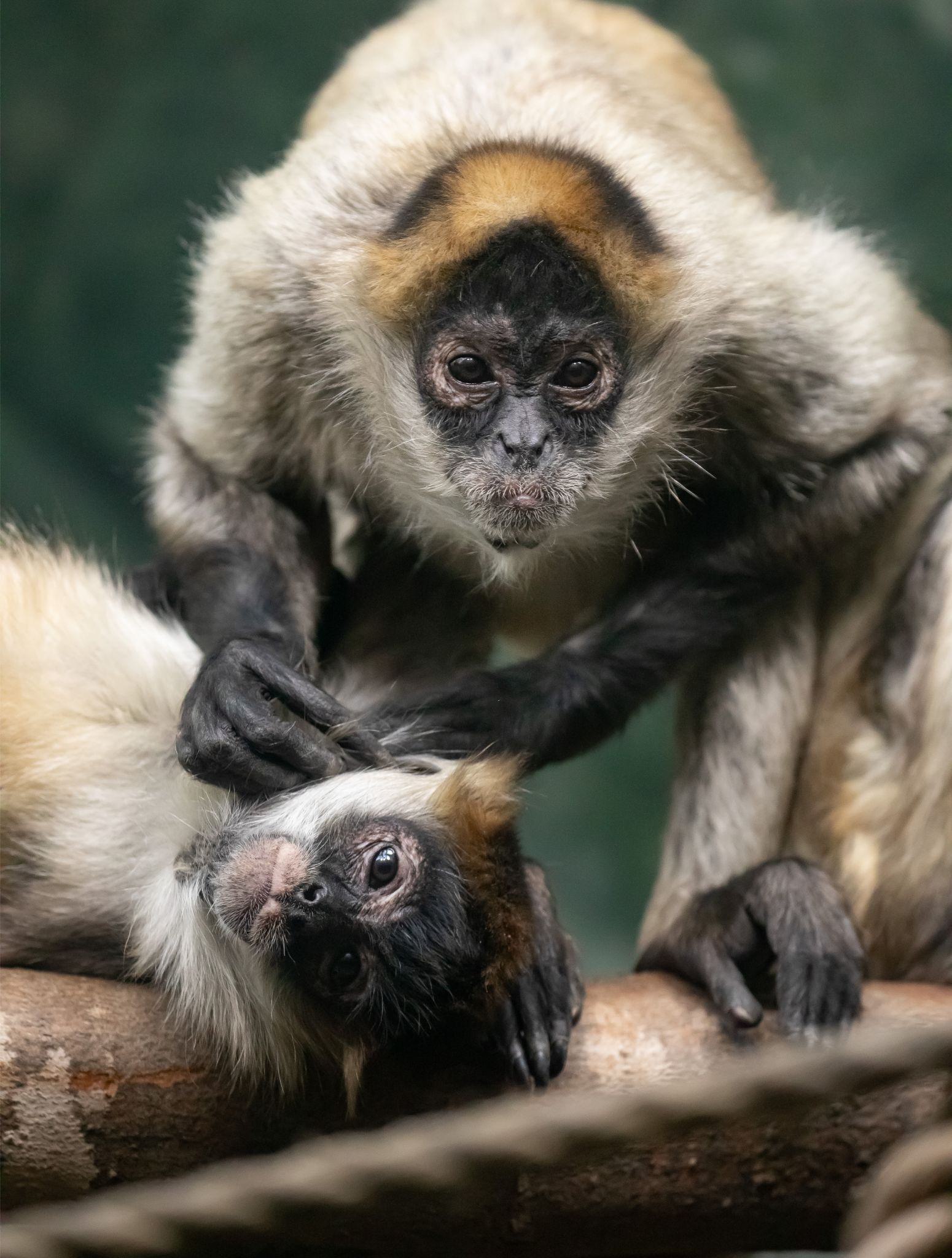

OUR GERIATRIC ANIMALS
ACCOMODATIONS
Like us, older animals often suffer from a loss of mobility and have less energy. Accommodations are often required for meal times, access to certain areas and group living.
Ramps can be installed in their habitats to facilitate climbing to higher elevations; meals are taken away from the group to respect their individual pace, and when rowdiness and roughhousing become a source of stress for these animals, we make sure to give them some quiet alone time during the day.
DIET
Their diet also needs to be reviewed and adjusted; due to lower activity levels generally observed in geriatric animals, the food offered and the quantities must be adapted to their health status.
It’s important not to overfeed these animals, because obesity issues can aggravate age-related conditions such as osteoarthritis. Food can also be offered in different ways to accommodate each individual’s ability to ingest and chew.
BIOMEDICAL TRAINING
Because they require more care, many of these animals undergo biomedical training that allows technicians to perform certain manoeuvres without having to use anaesthetics: taking blood samples, checking their teeth and gums, taking their temperature, etc.
By using positive reinforcement, these sessions become part of the animal’s routine and greatly help to reduce the risk of stress.
CARE
We understand, small, age-related injuries can be painful and uncomfortable. Therefore, the veterinary team acts in a supportive capacity with everything that is put in place to make the hurting animal as comfortable as possible.
Medication is often offered when signs of pain and discomfort can be observed: limping, difficulty getting up or lying down, loss of appetite, a tendency to sleep more, decreased interest in peers, enrichment, daily activities, etc.
Even though animals can’t express themselves in words, they have different ways of communicating to us that something is wrong.
Animal care technicians have an intimate knowledge of the animals under their care and are sensitive to the slightest changes in their behaviour.
_____
Because they have access to veterinary care, a well-balanced and steady diet and a stress-free environment, the majority of animals in zoos live longer than they would in the wild.
Although death is an integral part of our life cycle, it still affects us every time. This is especially the case for our care staff who have been with these animals sometimes for more than 30 years!
We would much rather keep them healthy for a longer period of time!
The Zoo de Granby is home to a few senior animals having exceeded their life expectancy in the wild. These include Chrissy, a 46-year-old female Geoffroy’s spider monkey (longevity of 28 years), Shaboola, a 43-year-old rhinoceros (longevity of 35-40 years) and Dafina, an 18-year-old spotted-necked otter (longevity of 8–10 years).
Recently, we witnessed the general physical examination of another of our longevity champions: Kamili, a 30-year-old female mandrill! Watch the video!
